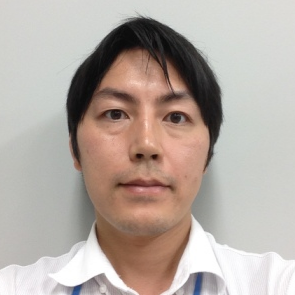Femtosecond Light Sources and Their Applications in the Deep UV, Vacuum UV, and Extreme UV
A special issue of Applied Sciences (ISSN 2076-3417). This special issue belongs to the section "Optics and Lasers".
Deadline for manuscript submissions: closed (31 July 2018) | Viewed by 14712
Special Issue Editor
Special Issue Information
Dear Colleagues,
Thus far, various femtosecond light sources have been investigated in deep UV (DUV), vacuum UV (VUV), and extreme UV (EUV). Nonlinear crystals, such as KBBF, are used to efficiently up-convert femtosecond laser pulses into DUV and VUV. Metamaterials are also investigated as nonlinear media for frequency conversion. Laser crystals like Ce:LiCAF allow direct lasing and light amplification in DUV. Third harmonic generation, four-wave mixing, filamentation, and supercontinuum generation produce sub-20 fs laser pulses in DUV and VUV. Such ultrashort sources are now utilized in time-resolved and multi-dimensional spectroscopies. In the EUV spectral range, femtosecond pulses are available from free-electron lasers (FEL) with sub-millijoule pulse energies. Nonlinear optical processes, as well as ultrafast phenomena, are extensively studied there.
This Special Issue, "Femtosecond Light Sources and Their Applications in the Deep UV, Vacuum UV, and Extreme" calls for research articles on resent advances in the field of femtosecond light sources in DUV, VUV, and EUV and their applications. The topics include, but are not limited to, recent development on: frequency conversion, light amplification, pulse compression in nonlinear media, lasing and amplification in laser crystals, pulse shaping, seeded and SASE FELs for femtosecond pulses, with unprecedented parameters. The topics also cover ultrafast and nonlinear spectroscopies with advanced femtosecond coherent sources and new findings from them. Attosecond pulse generation and its applications are not covered in this issue, but are covered in another Special Issue "Extreme Time Scale Photonics"
Dr. Yuichiro Kida
Guest Editor
Manuscript Submission Information
Manuscripts should be submitted online at www.mdpi.com by registering and logging in to this website. Once you are registered, click here to go to the submission form. Manuscripts can be submitted until the deadline. All submissions that pass pre-check are peer-reviewed. Accepted papers will be published continuously in the journal (as soon as accepted) and will be listed together on the special issue website. Research articles, review articles as well as short communications are invited. For planned papers, a title and short abstract (about 100 words) can be sent to the Editorial Office for announcement on this website.
Submitted manuscripts should not have been published previously, nor be under consideration for publication elsewhere (except conference proceedings papers). All manuscripts are thoroughly refereed through a single-blind peer-review process. A guide for authors and other relevant information for submission of manuscripts is available on the Instructions for Authors page. Applied Sciences is an international peer-reviewed open access semimonthly journal published by MDPI.
Please visit the Instructions for Authors page before submitting a manuscript. The Article Processing Charge (APC) for publication in this open access journal is 2400 CHF (Swiss Francs). Submitted papers should be well formatted and use good English. Authors may use MDPI's English editing service prior to publication or during author revisions.
Keywords
- Deep UV, Vacuum UV, and Extreme UV
- Ultrashort laser pulses
- Lasing, amplification, and frequency conversion
- Filamentation, supercontinuum, high-order harmonic generation, and four-wave mixing
- Pulse shaping and compression
- Free-electron laser
- Ultrafast phenomena
- Time-resolved spectroscopy
- Multi-dimensional spectroscopy





